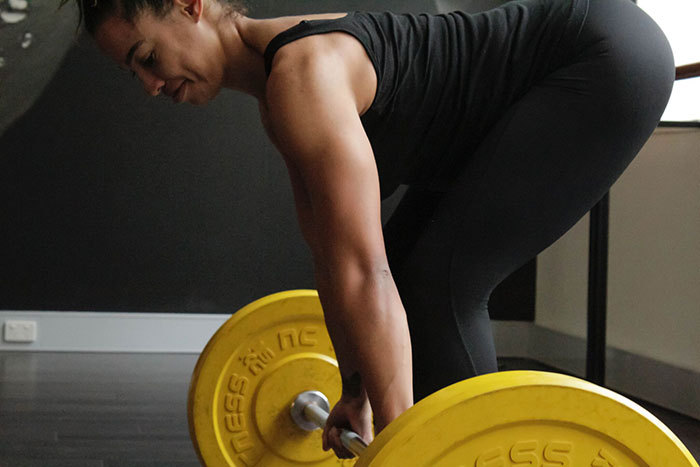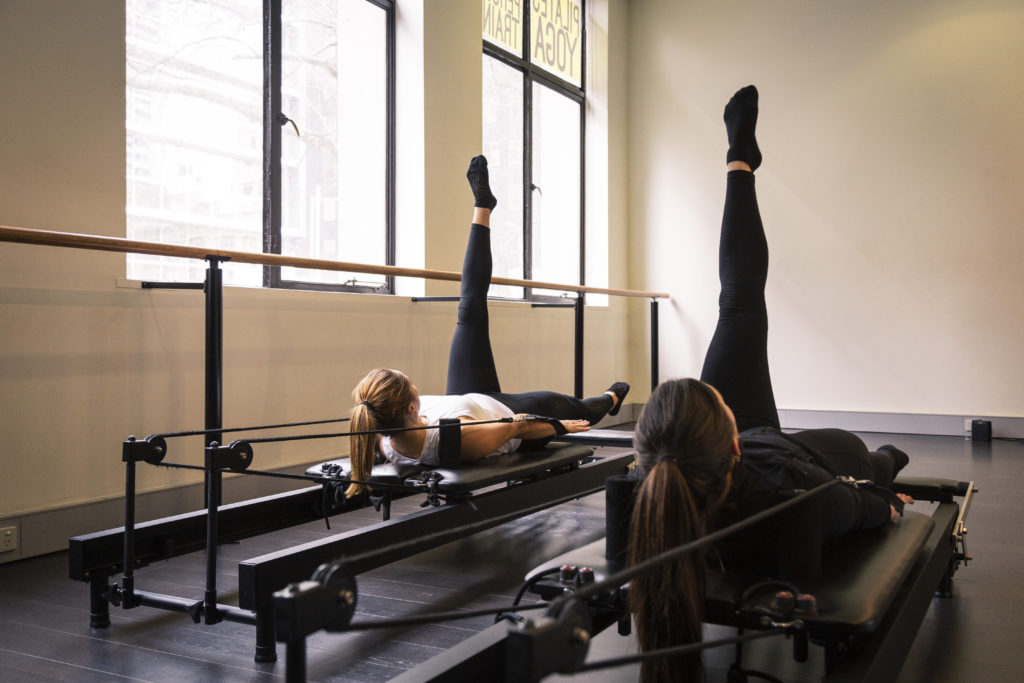People get confused about what is the right thing to do when it comes to exercise, whether for fitness, rehabilitation or a medical condition. Many of our clients come to us to help guide them safely to start their wellness routine. They are unsure what to do for their goals (yoga, Pilates or cardio) and how to safely commence without getting injured (how much is too much).
At Melbourne Yoga and Pilates, we believe that movement is a type of medicine. The more we move, the better our bodies are going to reward us in improved health and reduced pain. However, what type of exercise truly suits you and helps you achieve your goals in the fastest way possible? Will an exercise physiologist or a personal trainer suit me and what is the difference? We help direct you to the right person via our complimentary 15 minute consultations that allow us to learn more about you and your needs.
Some questions to consider:
- Do you have any previous/current injuries/conditions?
- What symptoms are you feeling at rest and during exercise?
- Do you have a family history of medical conditions?
- What is your goal? What do you want to improve on?
Here is a guide that may help you decide:

- If you have ongoing pain
- Numbness or tingling
- Sharp pain
- Chronic condition (VAS pn >3/10) – within metabolic, neurological, musculoskeletal, cardiorespiratory
- Acute condition in mid phase
- Specific sporting goal e.g. run a marathon
- If you minor aches and pains that do not hinder your activities of daily living
- Muscle tightness, stiffness and soreness
- Minor pain/ache/dull pain but still functional
What can they treat?
Exercise physiology
Exercise physiologists are allied health professionals that use exercise as medicine, improve quality of life and promote physical activity. Our accredited exercise physiologists begin with an initial assessment to assess your current range of motion, level of strength, aerobic fitness and balance. In the session, you may be using many different types of exercise modalities not just Pilates. This can include cycling, walking or running, strength training using different types of free weighted equipment.
Sessions with an exercise physiologist can be covered by Medicare or private health extras.
They work to:
- Treat acute/chronic conditions with musculoskeletal, metabolic, cardiopulmonary, neurological, nerve damage, mental health
- Help return to work/return to performance
- Achieve clinical goals

Pilates
Our Pilates instructors are a mix of university-qualified exercise scientists and Pilates-certified practitioners. They mainly use Pilates repertoire to help achieve clients’ goals such as improving mobility and flexibility, posture, and low-impact strength or to try Pilates.
They work to:
- Treat apparently healthy clients
- To improve fitness, strength, mobility, flexibility
- Can treat pre-stage and end-stage rehabilitation
Example/case scenarios
Case scenario #1 Chronic lower back pain (Lumbar spinal stenosis) – Exercise Physiologist
A 50-year-old male with lower back pain caused by a lumbar spinal stenosis (narrowing of the spinal canal). Symptoms include sharp pain when standing up from the chair, transferring off the bed, gradual pain during extended periods of standing and bending forward. He has gone to a physiotherapist where exercises have been prescribed and have gained some strength around his lower back and have reduced the pain. 6 months later, the sharp pain continues and wants a long-term management plan. He goes to Melbourne Yoga and Pilates for a 15-minute consultation to discuss if Pilates will help him reduce pain. Our practitioner recommends seeing one of our exercise physiologists to help treat his lower back pain due to his symptoms of sharp pain. Sharp pain commonly means it is nerve-related. Exercise Physiologists are accredited to treat neurological conditions or symptoms. Therefore, they are aware of and understand the phase of the exercises that will help them reduce pain and gain mobility of his lower back.
Case scenario #2 With slight lower back soreness/aches – Pilates
25 year old female experiencing is currently experiencing slight lower back pain and feels stiff from long hours of studying. She describes that the pain she feels is tolerable and will not stop her from doing activities she enjoys such as hiking and swimming. Due to her university studies, she currently has no time to do any of these activities. She is beginning to feel random aches and soreness in her lower back when she runs and is getting worried, but these symptoms do not hinder her activities of daily living. She comes to Melbourne Yoga and Pilates enquiring if Pilates or exercise physiology will assist this issue. Her goal is to increase strength and mobility of her lower back before the semester break. Our practitioner recommended her to try 3×30 min intro offer with one of Pilates instructors or exercise scientist to help her achieve this goal.
